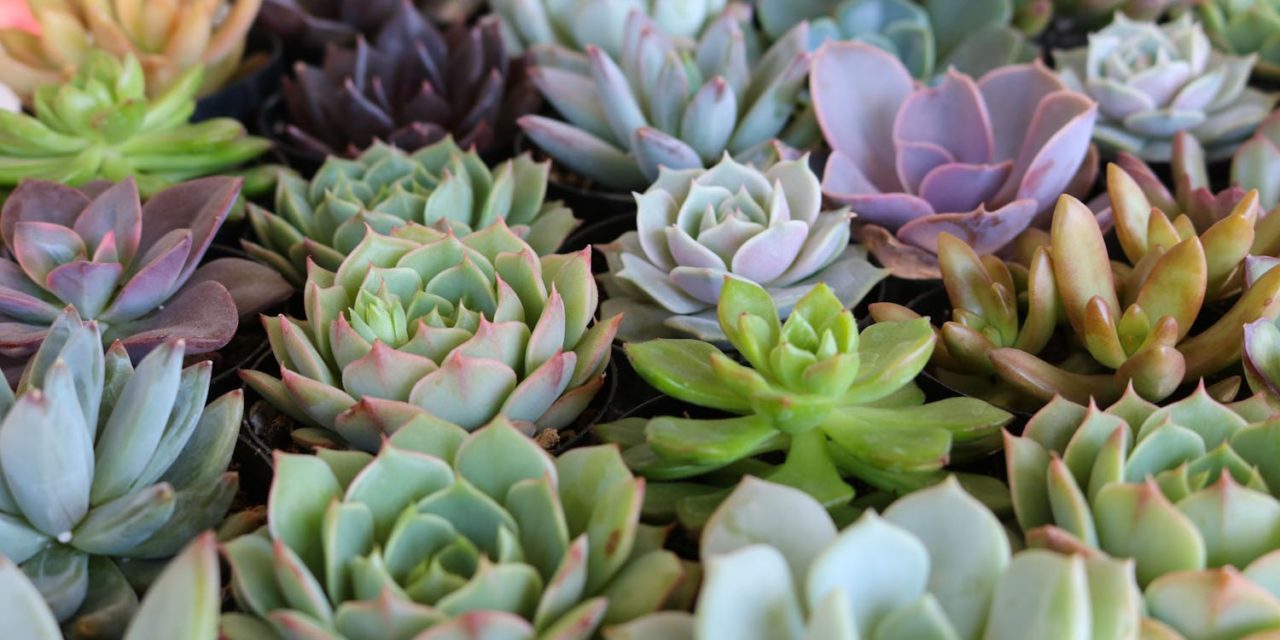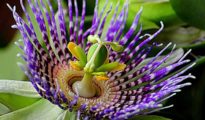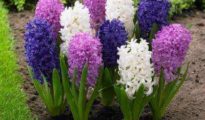Succulents, with their diverse shapes and vibrant colors, have captivated the hearts of gardeners and home decorators alike. However, for enthusiasts living in humid climates, growing these desert natives can be a challenging task. This guide delves into the nuances of nurturing succulents in such environments, offering practical tips and expert advice to ensure your succulents thrive.
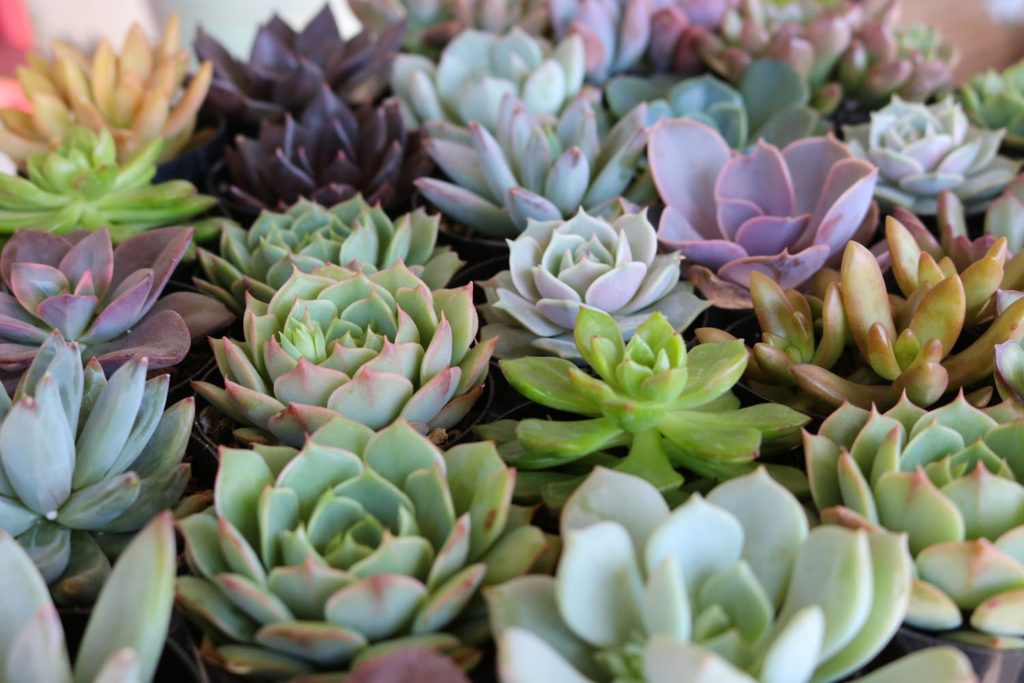
Understanding Succulents and Humidity
Succulents are plants that store water in their leaves, stems, or roots, enabling them to survive in arid environments. However, high humidity levels can create challenges, as these conditions are contrary to the dry habitats these plants are adapted to. Excess moisture can lead to root rot, fungal infections, and other issues.
Choosing the Right Succulents for Humid Climates
In humid climates, opt for succulents that naturally tolerate or thrive in such conditions. Species like Haworthias, certain Sedums, and Epiphyllums are more adaptable to moisture. Always inspect plants for signs of good health, such as firm, plump leaves and a lack of brown spots or mushy areas.
Ideal Soil and Drainage
Good drainage is crucial for succulents in humid climates. Use a well-draining soil mix, typically a combination of potting soil, coarse sand, and perlite or pumice. Ensure your pots have drainage holes and consider elevating them to facilitate better drainage.
Watering Techniques in Humid Conditions
In humid conditions, succulents require less frequent watering. Let the soil dry out completely between waterings. Signs of overwatering include yellowing or mushy leaves, while underwatered plants may have wrinkled or dry leaves. Adjust your watering schedule according to the season and humidity levels.
Sunlight and Temperature Requirements
Succulents need ample sunlight, about six hours of indirect sunlight per day. However, in humid climates, protect them from the harsh afternoon sun which, coupled with high humidity, can be stressful. Maintain an optimal temperature range, generally between 60-80°F, and protect your plants from extreme temperature fluctuations.
Air Circulation and Humidity Control
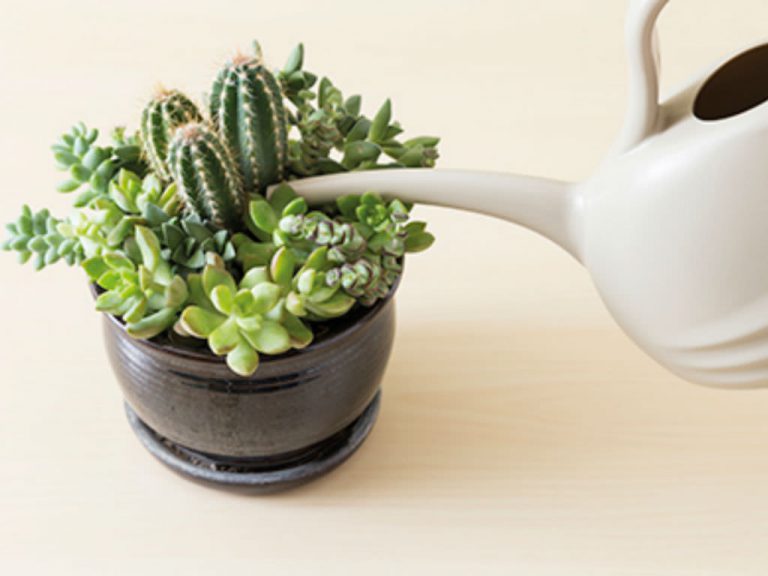
Enhance air circulation around your succulents by spacing them out and avoiding overcrowded conditions. Use fans or open windows to improve airflow in indoor settings. If humidity is consistently high, consider using a dehumidifier in the room where you keep your plants.
Fertilizing and Nutrient Needs
Succulents in humid climates need less frequent fertilizing. Use a balanced, water-soluble fertilizer diluted to half strength, ideally during the growing season (spring and summer). Over-fertilizing can lead to lush growth that is more susceptible to humidity-related problems.
Common Pests and Diseases in Humid Climates
Watch out for pests like mealybugs and fungal diseases like root rot, which are more prevalent in humid conditions. Regularly inspect your plants and use appropriate organic or chemical treatments as needed. Keeping your plants healthy and stress-free is key to avoiding these issues.
Repotting and Propagation in Humid Conditions
Repotting should be done during the plant's active growth period, using a fresh, well-draining soil mix. When propagating, allow cuttings to callous over for a few days before planting to prevent rot. Adjust your care practices to account for increased moisture in the air.
Creative Ideas for Growing Succulents in Humid Areas
Get creative with your succulent arrangements in humid climates. Terrariums can be used, but ensure they are well-ventilated. Wall-mounted planters and hanging baskets can also provide good air circulation. Think outside the box to find solutions that work in your specific environment.
Case Studies and Success Stories
Learn from others who have successfully grown succulents in humid climates. Look for online communities, social media groups, or local gardening clubs where you can exchange tips and experiences. These real-life examples can be a treasure trove of practical advice.
Cultivating succulents in humid climates may require some adjustments, but it's entirely possible with the right knowledge and care. Remember to choose the right species, provide well-draining soil, manage watering, and ensure good air circulation. With these tips, your succulents will not only survive but thrive, adding a touch of greenery and joy to your space.
Additional Resources
For those seeking to deepen their knowledge, explore online resources, gardening books specific to succulents, and local workshops. Online forums and social media groups can also be valuable for connecting with fellow succulent enthusiasts and experts.
Happy succulent gardening in your humid climate! 🌵🌿

